Tag: therapy
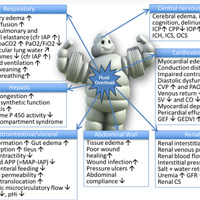
Principles of Fluid Management and Stewardship in Septic Shock
There are only four major indications for fluid administration in the critically ill: resuscitation, maintenance, replacement and nutrition (enteral or parenteral). In this review, a conceptual framework is presented looking... read more

Meaning of Intracranial Pressure-to-Blood Pressure Fisher-Transformed Pearson Correlation-Derived Optimal Cerebral Perfusion Pressure
These mechanistic simulations provide insight into the empiric basis of optimal cerebral perfusion pressure and the significance of PRx and Δ CPP. PRx and optimal cerebral perfusion pressure deviations do not directly reflect... read more
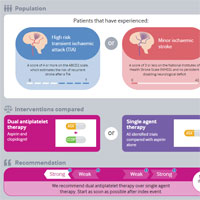
Dual Antiplatelet Therapy with Aspirin and Clopidogrel for Acute High Risk Transient Ischemic Attack and Minor Ischemic Stroke
What is the role of dual antiplatelet therapy after high risk transient ischemic attack or minor stroke? Specifically, does dual antiplatelet therapy with a combination of aspirin and clopidogrel lead to a greater reduction... read more
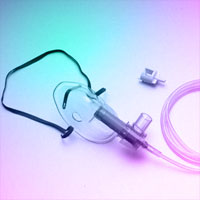
Bedside Ultrasound Assessment of Lung Reaeration in Patients With Blunt Thoracic Injury Receiving High-Flow Nasal Cannula Oxygen Therapy
High-flow nasal cannula oxygen therapy may be considered as an initial respiratory therapy for trauma patients with blunt chest injury. High-flow nasal cannula therapy could improve lung aeration as noted by the transthoracic... read more

The Effectiveness of Non-Pharmacological Interventions in Reducing the Incidence and Duration of Delirium in Critically Ill Patients
Current evidence does not support the use of non-pharmacological interventions in reducing incidence and duration of delirium in critically ill patients. Future research should consider well-designed and well-described multicomponent... read more

Discontinuing 5-ASA Safe Upon Anti-TNF Induction for Ulcerative Colitis
Patients with ulcerative colitis who discontinue 5-aminosalicylate therapy once they begin anti-TNF therapy do not appear at great risk for adverse clinical events, according to research published in Gut. Researchers analyzed... read more
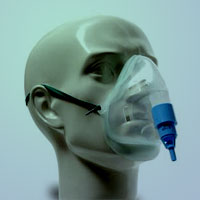
Mortality and Morbidity in Acutely Ill Adults Treated with Liberal vs. Conservative Oxygen Therapy
In acutely ill adults, high-quality evidence shows that liberal oxygen therapy increases mortality without improving other patient-important outcomes. Supplemental oxygen might become unfavourable above an SpO2 range of 94-96%.... read more

Antithrombotic Therapy for Venous Thromboembolic Disease
This JAMA Clinical Guidelines Synopsis summarizes the American College of Chest Physicians' 2016 recommendations on antithrombotic therapy for venous thromboembolism (VTE). The estimated annual incidence of VTE, defined... read more
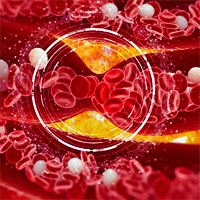
“Real-World” Application of Thrombolysis in Cardiac Arrest
In a single center's experience, thrombolytic therapy is used infrequently for the management of cardiac arrest. Thrombolysis during cardiac arrest should be considered on a case-by-case basis and should be utilized only... read more
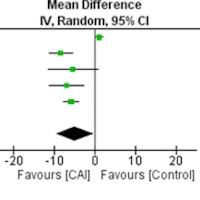
Carbonic anhydrase inhibitors in patients with respiratory failure and metabolic alkalosis
In patients with respiratory failure and metabolic alkalosis, carbonic anhydrase inhibitor therapy may have favorable effects on blood gas parameters. In mechanically ventilated patients, carbonic anhydrase inhibitor therapy... read more
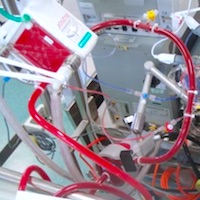
Sedation and Mobilization during Venovenous Extracorporeal Membrane Oxygenation for ARF
The majority of respondents reported targeting moderate to deep sedation following cannulation, with the use of sedative and opioid infusions. There is considerable variability surrounding early physical therapy and mobilization... read more
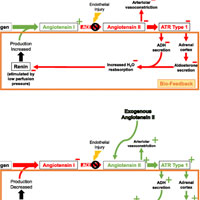
Angiotensin converting enzyme defects in shock: implications for future therapy
Patients who develop vasodilatory shock, particularly when caused by an inflammatory condition like sepsis or pancreatitis, have evidence of significant endothelial injury as manifested by coagulation disorders and increased... read more

Exploring the Potential Effectiveness of Combining Optimal Nutrition With Electrical Stimulation to Maintain Muscle Health in Critical Illness
This article explores the potential role of nutrition and EMS in maintaining muscle health in critical illness. Within this article, we will evaluate fundamental concepts of muscle wasting and evaluate the effects of EMS,... read more

Feasibility and observed safety of interactive video games for physical rehabilitation in the ICU
Novel use of interactive video games as part of routine PT in critically ill patients is feasible and appears safe in our case series. Video game therapy may complement existing rehabilitation techniques for ICU patients.... read more




